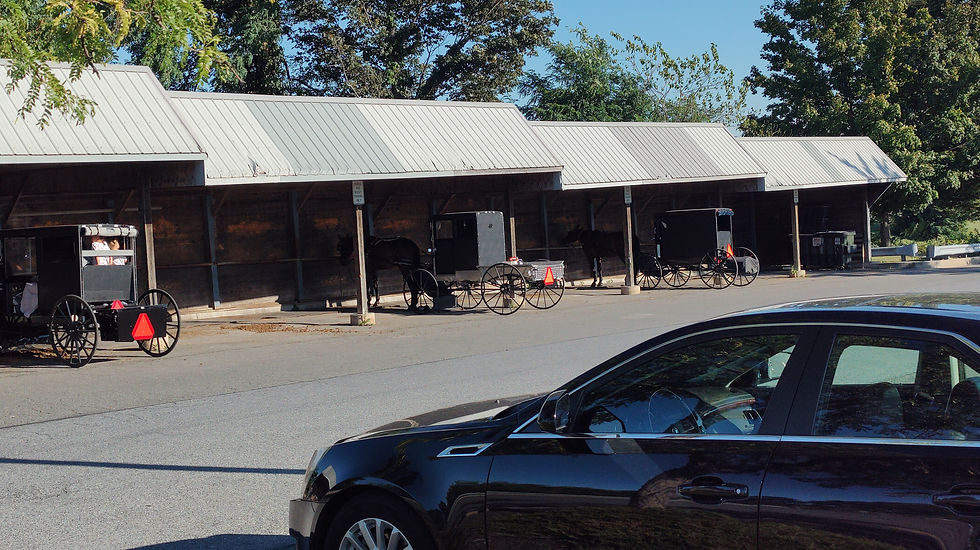St. Johns, Newfoundland
- jsbergauer1
- Aug 14
- 3 min read
Updated: Aug 15
After some more rough roads we arrived at our campground on the outskirts of St. Johns. I was excited to see this town again. During the Coast Guard we would pull in to here to refuel and replenish before heading out on patrol and once again headed home. To be honest, during that time here I was more interested in getting to the Stardust Club with the other coasties and didn't do much sight seeing. This time it was different and I was very glad. Our first stop was the village of Quidi Vidi, a picturesque fishing village outside of the main city.

View as you pull into the parking lot.

More color and boats.

I have got to be careful, Susan has started talking something about a "She Shed." After this quick stop, it was off to a bus tour of St. Johns, signal hill then lunch and a boat tour.
Signal hill in St. Johns is most noted for being the spot where Marconi received his first transatlantic radio signal and forever changed communications. The hill is also home to the Cabot Tower built between 1898 and 1900 to celebrate the 400th anniversary of Cabot's arrival and Queen Victoria's diamond jubilee. It also functioned as a flag signal tower from 1900 to 1958.

Cabot Tower as it looks today. It was built of recycled stone materials obtained from an old hospital. Every day at noon, a signal canon if fired from the top. It is a tradition that has been going on since 1857 and is done to mark the time and as a reminder of St. Johns history. All the ships who had this area as their home port had their ships flag at the tower. When they were returning from sea, the tower would raise that ships flag to alert the port of their arrival.
The "narrows" into the harbor is correctly named. Over the centuries ships could only come into the harbor is you were allowed. The extremely narrow entrance, well guarded by cannon and artillery, and chains across the entrance that could be raised, made sure only the ships they wanted in were able to get in.

View of the narrow entrance and harbor of St. Johns taken from the base of the Cabot Tower. During wartime this area is defended well. Many different Countries are represented by the ships moored inside the harbor. Since Newfoundland is an island, goods arrive by air or sea only.

St Johns is home to "Jelly bean row" so called because of the bright colors used on the flats. Jelly bean row is only a portion of Victoria Street. After Cabot hill we made a stop at Cape Spear, the eastern most point in Canada and North America.

The plaque marking the eastern most point. It is interesting that the lighthouse built on this point is the same design as the one we toured in Bonavista. The lighthouse at Cape Spear is the oldest lighthouse in Canada.

According to the sign post on signal hill we are closer to Poldu, England than we are our place in Queen Valley, AZ!
After we left Cape Spear it was off to the puffing and whale watching boat tour. We were able to see the puffins nesting grounds from the water and Susan got to view some Minke whales. Unfortunately, I was on the other side looking at the puffins and missed being able to photograph them!

An overall view of a puffin nesting area. They look like Hobbit abodes! Notice the gulls standing by to snatch up a chick if it pokes its head out of the den.

Trying to take a picture of the minke whales but got some puffin going airborne instead. Oh well, whales next time!
It has been great traveling through Newfoundland, I don't know when or even if we will ever return but it has been wonderful. I love the land, people and the feeling this province gives you. They love their "rock" and I can understand why. Tomorrow, we travel to Argentia to board the ferry for an overnight trip back to Sydney, NS. Hope to see you there!



Comments